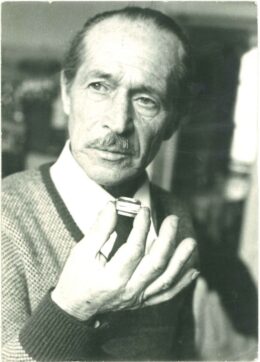
Printed
5 pages
Author(s)
Il cane
Pulcinella e il cane (Pulcinella and the dog) is the most well-known theme played by guarattellari from Naples. The date of invention can hardly be determined. In fact, the summarised story is made up of short scenes which can be put together in different ways, depending on the circumstances and on the audience’s availability.
This version was recorded in 1979, after Nunzio Zampella had retired as a guarattellaro and sold his puppets as well as his puppet booth to historian Roberto Leydi. Thanks to Bruno Leone and to his equipment, Leydi began putting on shows again, every Sunday at the Villa Comunale in Naples – which allowed him to perfect Bruno Leone's training. The recording documents the show as it was performed at the decisive moment of transition between the guarattellari and new generation of puppeteers.
The main character gets rid of everyone who gets in his way
Pulcinella plays a serenade for Teresina, but a dog intimidates him. Pulcinella tries to coax him, but the dog bites him. He calls for help. The dog’s master arrives, makes fun of Pulcinella and helps him free himself from the jaw of the dog. The master asks Pulcinella to pay him and they both begin to fight by striking each other with sticks. Pulcinella kills the dog’s master. A monk asks Pulcinella what he is doing; Pulcinella replies that he is taking a dead man to the cemetery. The monk wants to help Pulcinella bury the corpse, but he hits himself against the booth and dies. Pulcinella carries the two dead bodies and screams “o sapunaaar!” like a ragman in the street.
Other titles
First performance
Publications and translations
Bruno Leone, La guarattella. Burattini e burattinai a Napoli. Bologna: CLUEB, 1986.
